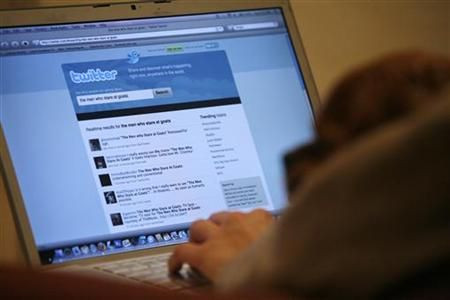Using Twitter for Travel

Heather Whaling, a marketer from Florida, was recently planning a business trip to Long Beach, CA, and wondered if she should fly into Long Beach or LAX. She could have looked at blogs, checked out airport websites, or even called a travel agent. Instead, she turned to a different network—her friends on Twitter. “Everyone said to stay away from LAX,” she says. Following the advice of her fellow tweeters, she flew into Long Beach.
Twitter, the 140-characters-at-a-time Web phenomenon of the moment, turns out to be a powerful tool for travelers. It can take you deep into the collective mind of the Internet to find the latest—and often the hippest—information about hotels, restaurants, and airfare deals. And lots of travelers are discovering the site’s potential.
A bit of Twitter 101 (skip ahead if you’re already tweet-friendly): it’s a free service that lets you send and receive brief messages, called tweets, which are restricted to no more than 140 characters of text—meaning Twitter is a hybrid of instant messaging and blogging. People who follow you get your tweets, and you can choose which other Twitterers you want to follow. Tweets can be sent and received on twitter.com, traditional e-mail accounts, mobile phones, RSS, and Facebook.
Travel publications, of course, use Twitter to get the word out about their latest stories; travelandleisure.com (@TravlAndLeisure) also offers up travel deals. Hotel chains, food critics, and bloggers you won’t find on conventional travel sites maintain profiles as well. And established visitors’ bureaus are showing up; Portland, OR, has what it calls a Twisitor Center (@travelportland) to answer questions and promote the city to potential tourists.
Those on the receiving end of this information run the gamut of travel types. Zena Weist, a senior manager at a communications company in Kansas, was planning a Florida vacation that included Disney World and scoured @twisney and @TheDisneyBlog. “Twitter came in handy for nailing down the details,” she says. And Paul Smith, a Brit known as the Twitch Hiker, recently demonstrated Twitter’s usefulness—and ubiquity—by traveling from England to New Zealand using only suggestions from the Twitter community for transport and accommodation. (The Twitch Hiker made the 30-day trip to raise money for charity.)
No matter what kind of travel you’ll be doing, Twitter can be a powerful and efficient tool; after all, skimming the posts is faster than visiting a bunch of blogs. Use Twitter’s search engine to find, say, a member who tracks hotel deals in Tokyo or monitors rafting companies in Central America. Join a Twitter group like @travelpeople to find others with similar interests. Or follow an established family travel site such as @WeJustGotBack.
Because it’s informal, Twitter allows you to be conversational and responsive. And it connects you with travelers who prefer social networking over official travel websites. It can also be very local. With so many eyes scouring the Internet, culling from websites, and providing links, Twitter is a way to essentially create your own aggregator. Just as Kayak gleans the best fares from dozens of sources, you can manipulate Twitter to bring in a customized feed of information.
Happy tweeting.
- Using Twitter for Travel
© Copyright IBTimes 2025. All rights reserved.





















